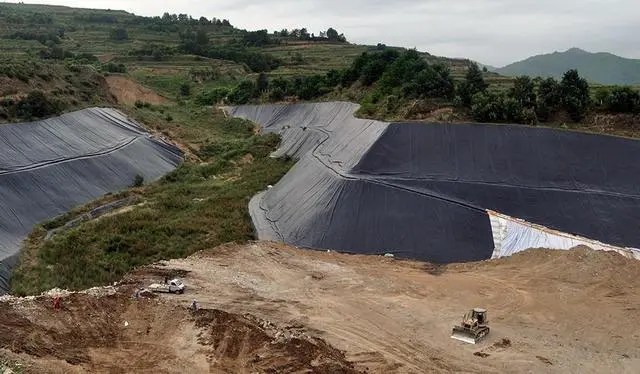Contents
Introduction
As global urbanization accelerates, landfills have become the primary method for urban waste disposal. However, while landfills handle large volumes of waste, they also generate significant amounts of methane gas. This methane not only has a severe impact on the environment but also poses a threat to the safety of surrounding communities. Therefore, effective monitoring and control of methane emissions in landfills have become crucial topics in environmental protection and public safety. This article will explore how methane gas is produced in landfills and discuss the critical role of the laser methane detector in monitoring and controlling methane emissions.
Methane Generation in Landfills
Methane gas in landfills is primarily produced through the anaerobic decomposition of organic waste. Organic materials in landfills, such as food scraps, paper, and plant matter, decompose under the action of microorganisms, ultimately producing methane and carbon dioxide gases. This process typically occurs in four stages: hydrolysis, acidogenesis, acetogenesis, and methanogenesis. In the final methanogenesis stage, anaerobic bacteria convert organic acids into methane and carbon dioxide.
Since methane is a potent greenhouse gas with a much greater impact on climate change than carbon dioxide, its emissions from landfills have far-reaching environmental consequences. If these methane gases are not effectively controlled, they will be directly released into the atmosphere, exacerbating global warming. Additionally, the accumulation of methane gas can lead to potential explosion risks in landfills, endangering the safety of surrounding communities.Landfills measuring are important for environmental safety
Environmental Impact of Methane Emissions
Methane is not only a major driver of global warming but also negatively impacts local air quality and ecosystems. Near landfills, methane leaks can contaminate soil and groundwater, threatening the survival of local flora and fauna. At the same time, methane’s explosive and flammable properties increase the safety risks associated with landfill operations. Therefore, effectively controlling and reducing methane emissions in landfills has become an urgent task in environmental management.
The Importance of Methane Detection
Real-time monitoring of methane concentrations and leaks in landfills is a key aspect of controlling methane emissions. Only through accurate and timely detection can the accumulation and leakage of methane be effectively prevented, thereby reducing its environmental and safety hazards. Traditional methane detection methods, such as electrochemical, semiconductor, and catalytic combustion techniques, can detect methane to some extent, but they often suffer from insufficient sensitivity, slow response times, and the need for frequent maintenance.
The Role of the Laser Methane Detector
The laser methane detector, an advanced detection device based on Tunable Diode Laser Absorption Spectroscopy (TDLAS) technology, overcomes the limitations of traditional methods. By tuning a semiconductor laser, TDLAS technology precisely detects methane molecules in the air, offering rapid response, high sensitivity, and non-contact measurement. These characteristics enable the laser methane detector to efficiently monitor methane concentrations in the complex environment of a landfill.
Furthermore, the lightweight design of the laser methane detector allows it to be integrated into drone systems for large-area, non-contact inspections. When mounted on drones, the detector can conduct regular patrols of landfills, monitoring methane concentrations in real-time. If a methane leak is detected, the visible light camera and laser rangefinder within the device can immediately pinpoint the leakage point and provide precise coordinate data. This information is instantly transmitted to the control center, enabling management to make quick decisions and take necessary control measures.
Future Prospects
As environmental awareness increases and technology continues to advance, the methane detector holds great promise for landfill applications. The widespread use of this device can significantly reduce methane emissions, mitigate environmental risks, and enhance the safety management of landfills. At the same time, this efficient detection technology also offers new solutions for other sources of methane emissions, such as natural gas pipelines and industrial waste gas treatment.
Conclusion
Methane emissions from landfills pose serious threats to the environment and safety, requiring effective monitoring and control measures. The laser methane detector plays a crucial role in methane emission monitoring and control. Its high sensitivity and non-contact detection method based on TDLAS technology, combined with integration into drone systems, make methane management in landfills more efficient and safe. As this technology becomes more widely adopted, the environmental impact of landfills will be effectively controlled, contributing to global environmental protection efforts.




